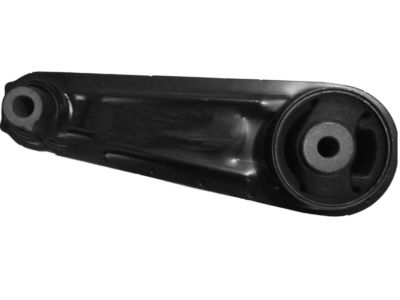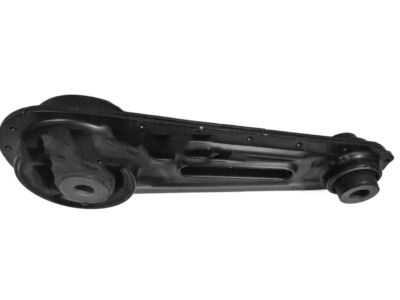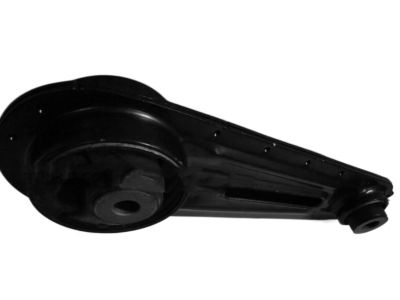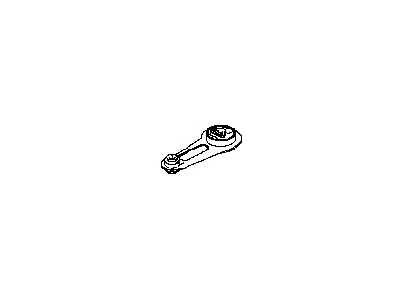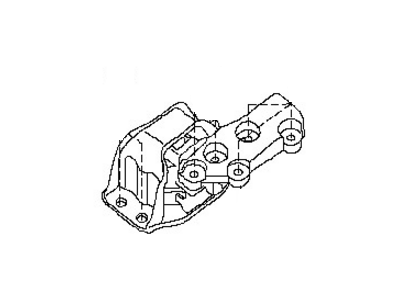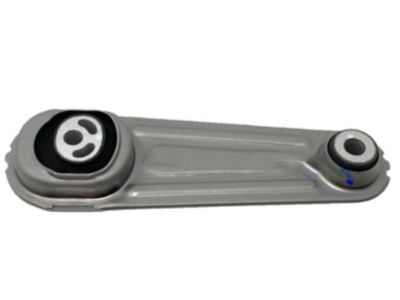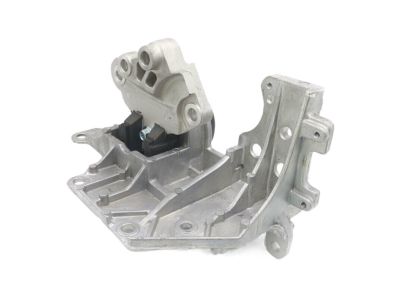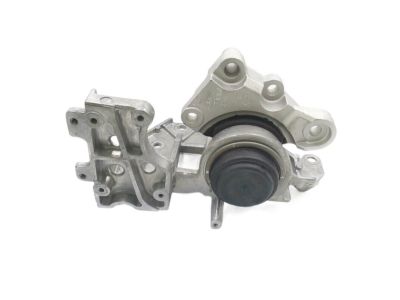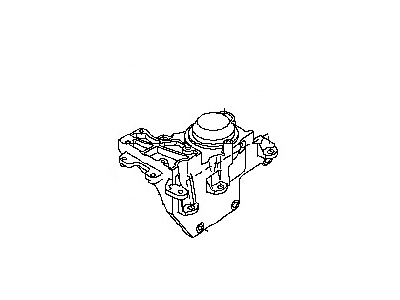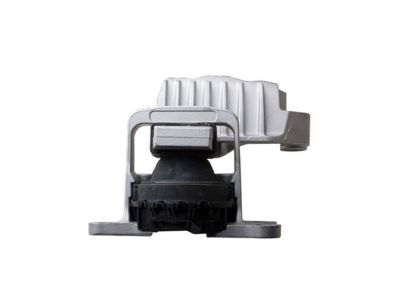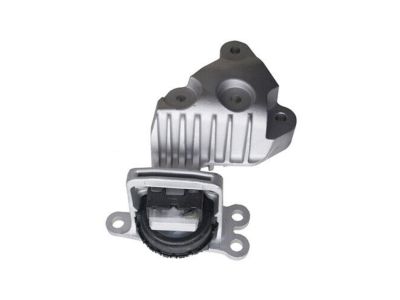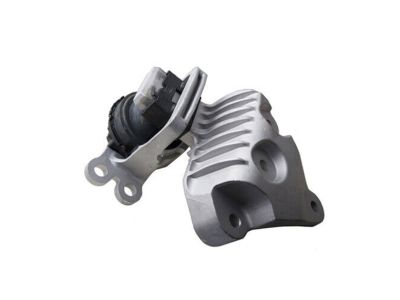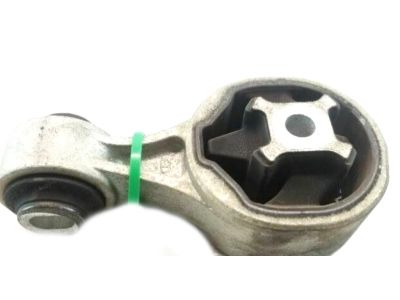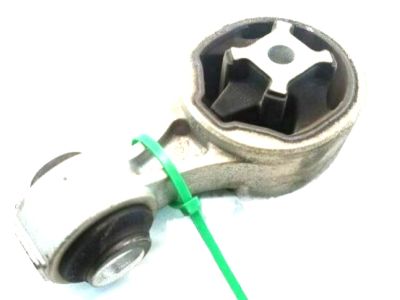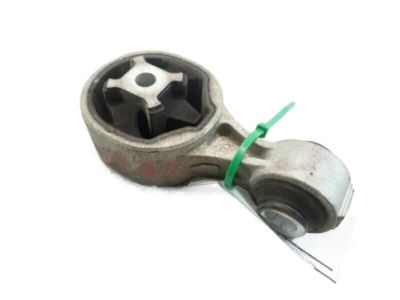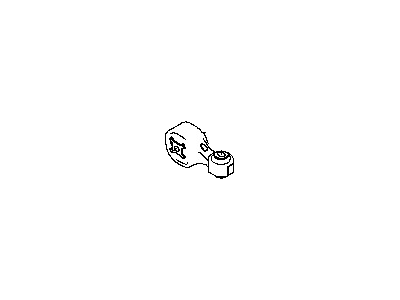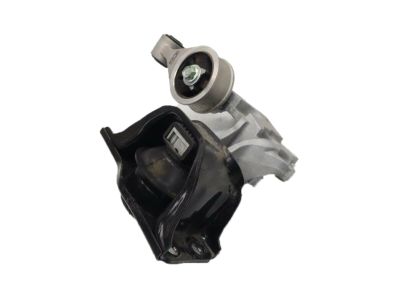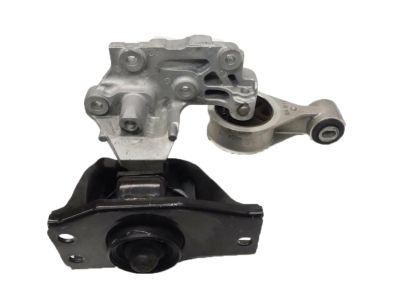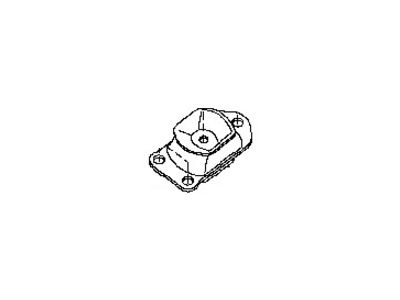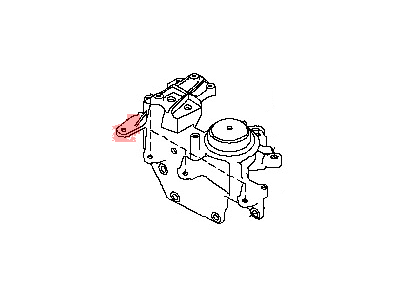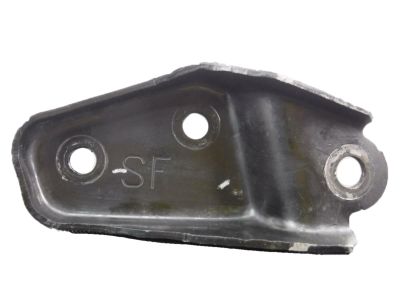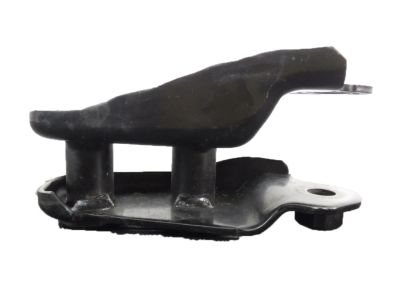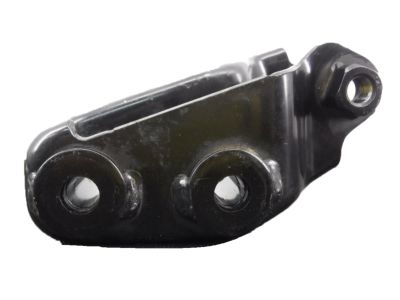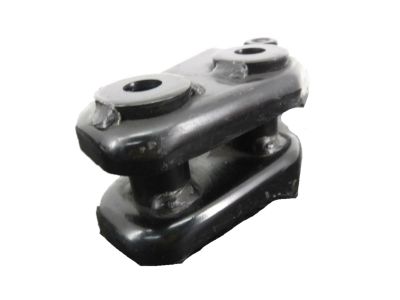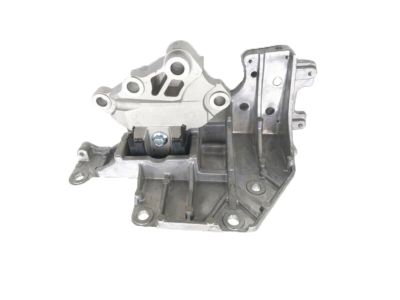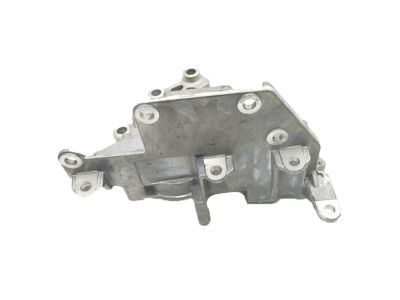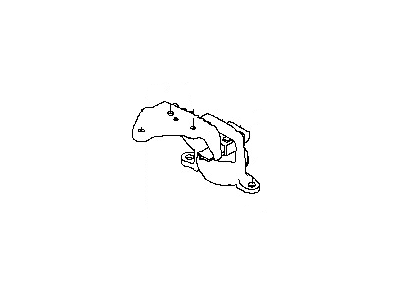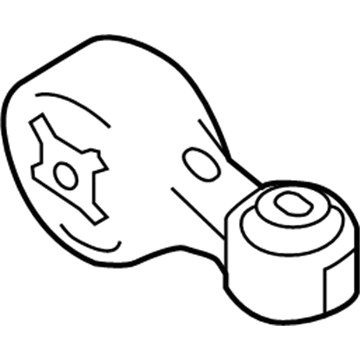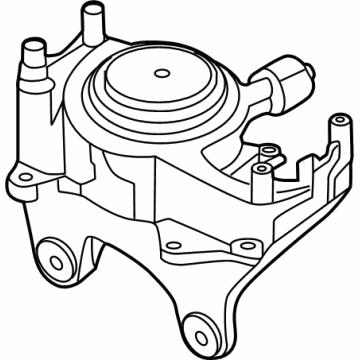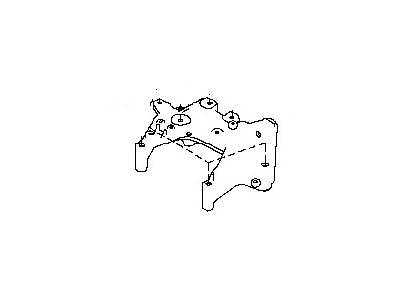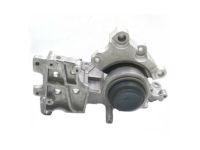×
- Hello
- Login or Register
- Quick Links
- Live Chat
- Track Order
- Parts Availability
- RMA
- Help Center
- Contact Us
- Shop for
- Nissan Parts
- Nissan Accessories

My Garage
My Account
Cart
Genuine Nissan Rogue Engine Mount
Engine Motor Mount- Select Vehicle by Model
- Select Vehicle by VIN
Select Vehicle by Model
orMake
Model
Year
Select Vehicle by VIN
For the most accurate results, select vehicle by your VIN (Vehicle Identification Number).
43 Engine Mounts found

Nissan Rogue Rod Assy-Torque
Part Number: 11360-JD00A$127.18 MSRP: $179.63You Save: $52.45 (30%)Ships in 1-2 Business Days
Nissan Rogue Engine Mounting Insulator, Right
Part Number: 11210-ET80A$194.46 MSRP: $287.93You Save: $93.47 (33%)Ships in 1-3 Business Days
Nissan Rogue Rod Assy-Torque
Part Number: 11360-4BA0B$127.61 MSRP: $180.23You Save: $52.62 (30%)Ships in 1-3 Business Days
Nissan Rogue Engine Mounting Insulator , Left
Part Number: 11220-JG31B$252.84 MSRP: $374.38You Save: $121.54 (33%)Ships in 1-2 Business Days
Nissan Rogue Engine Mounting Insulator, Right
Part Number: 11210-5HA0A$194.93 MSRP: $288.62You Save: $93.69 (33%)Ships in 1-3 Business Days
Nissan Rogue Rod Assy-Torque
Part Number: 11350-5HA0A$113.06 MSRP: $159.68You Save: $46.62 (30%)Ships in 1-3 Business Days
Nissan Rogue Engine Mounting Insulator, Left
Part Number: 11220-ET81B$219.28 MSRP: $324.68You Save: $105.40 (33%)Ships in 1-2 Business Days
Nissan Rogue Engine Mounting Insulator, Left
Part Number: 11220-4BA0A$266.96 MSRP: $395.28You Save: $128.32 (33%)Ships in 1-3 Business Days
Nissan Rogue Engine Mounting, Rear Right
Part Number: 11332-JG30A$62.34 MSRP: $88.05You Save: $25.71 (30%)Ships in 1-3 Business Days
Nissan Rogue Engine Mounting Insulator , Left
Part Number: 11220-5HA0A$228.81 MSRP: $338.78You Save: $109.97 (33%)Ships in 1-3 Business DaysNissan Rogue Engine Mounting Insulator ,Right
Part Number: 11210-4BA0A$176.69 MSRP: $261.63You Save: $84.94 (33%)Nissan Rogue Engine Mounting Insulator ,Left
Part Number: 11220-4BA0B$266.96 MSRP: $395.28You Save: $128.32 (33%)Ships in 1-3 Business DaysNissan Rogue Rod Assy-Torque
Part Number: 11350-4BA0A$114.73 MSRP: $162.05You Save: $47.32 (30%)Ships in 1-3 Business DaysNissan Rogue INSULATOR-ENGINE MOUNTING,LH
Part Number: 11220-6RC1A$266.35 MSRP: $394.38You Save: $128.03 (33%)Ships in 1-3 Business DaysNissan Rogue Insulator-Engine Mounting,Rh
Part Number: 11210-6RA0A$207.62 MSRP: $307.42You Save: $99.80 (33%)Ships in 1-3 Business DaysNissan Rogue Rod Assy-Torque
Part Number: 11360-6LA0A$123.63 MSRP: $174.62You Save: $50.99 (30%)Ships in 1-3 Business DaysNissan Rogue Insulator-Engine Mounting,Rh
Part Number: 11210-6RC0B$229.07 MSRP: $339.18You Save: $110.11 (33%)Ships in 1-3 Business DaysNissan Rogue Engine Mounting Insulator, Left
Part Number: 11220-4BA1A$234.59 MSRP: $347.35You Save: $112.76 (33%)Ships in 1-3 Business DaysNissan Rogue Insulator-Engine Mounting,LH
Part Number: 11220-6RA0A$216.99 MSRP: $321.30You Save: $104.31 (33%)Ships in 1-3 Business DaysNissan Rogue Engine Mounting Bracket
Part Number: 11231-4BA0B$122.33 MSRP: $172.78You Save: $50.45 (30%)Ships in 1-3 Business Days
| Page 1 of 3 |Next >
1-20 of 43 Results
Nissan Rogue Engine Mount
If you need any OEM Nissan Rogue Engine Mount, feel free to choose them out of our huge selection of genuine Nissan Rogue Engine Mount. All our parts are offered at unbeatable prices and are supported by the manufacturer's warranty. In addition, we offer quick shipping to have your parts delivered to your door step in a matter of days.
Nissan Rogue Engine Mount Parts Questions & Experts Answers
- Q: What should be done if engine mounts are broken or deteriorated on Nissan Rogue?A:Engine mounts seldom require attention, but broken or deteriorated mounts should be replaced immediately to prevent damage or wear on driveline components. During the check, the engine must be raised slightly to remove the weight from the mounts. Begin by raising the vehicle and securely supporting it on jackstands, then remove the splash shields. Position a jack under the engine Oil Pan with a large wood block between the jack head and the oil pan, carefully raising the engine just enough to relieve the weight on the mounts, avoiding placement of the wood block under the oil pan drain plug. Inspect the mounts for any cracks, hardened rubber, or separation from the metal plates, noting that the rubber may split down the center. Check for relative movement between the mount plates and the engine or frame using a large screwdriver or prybar; if movement is detected, lower the engine and tighten the mount fasteners. Applying rubber preservative can help slow deterioration. For replacement, disconnect the cable from the negative terminal of the battery, raise the vehicle, and support it securely on jackstands while supporting the engine. To remove the upper torque rod, take out the through-bolts and bracket bolts. For the front engine mount, place a floor jack with a block of wood under the oil pan, then remove the torque rod bracket, engine mount to body bolts, and engine mount-to-engine bolts before taking out the mount. To remove the lower torque rod, again remove the through-bolts and bracket bolts. For the left-hand mount, remove the battery and battery tray along with the air filter housing, then support the transaxle with a floor jack. Remove the mount top bolts and side bolts through the wheel well, then take out the mount. Installation follows the reverse order of removal, ensuring to use thread-locking compound on the mount bolts and nuts, tightening them securely.

